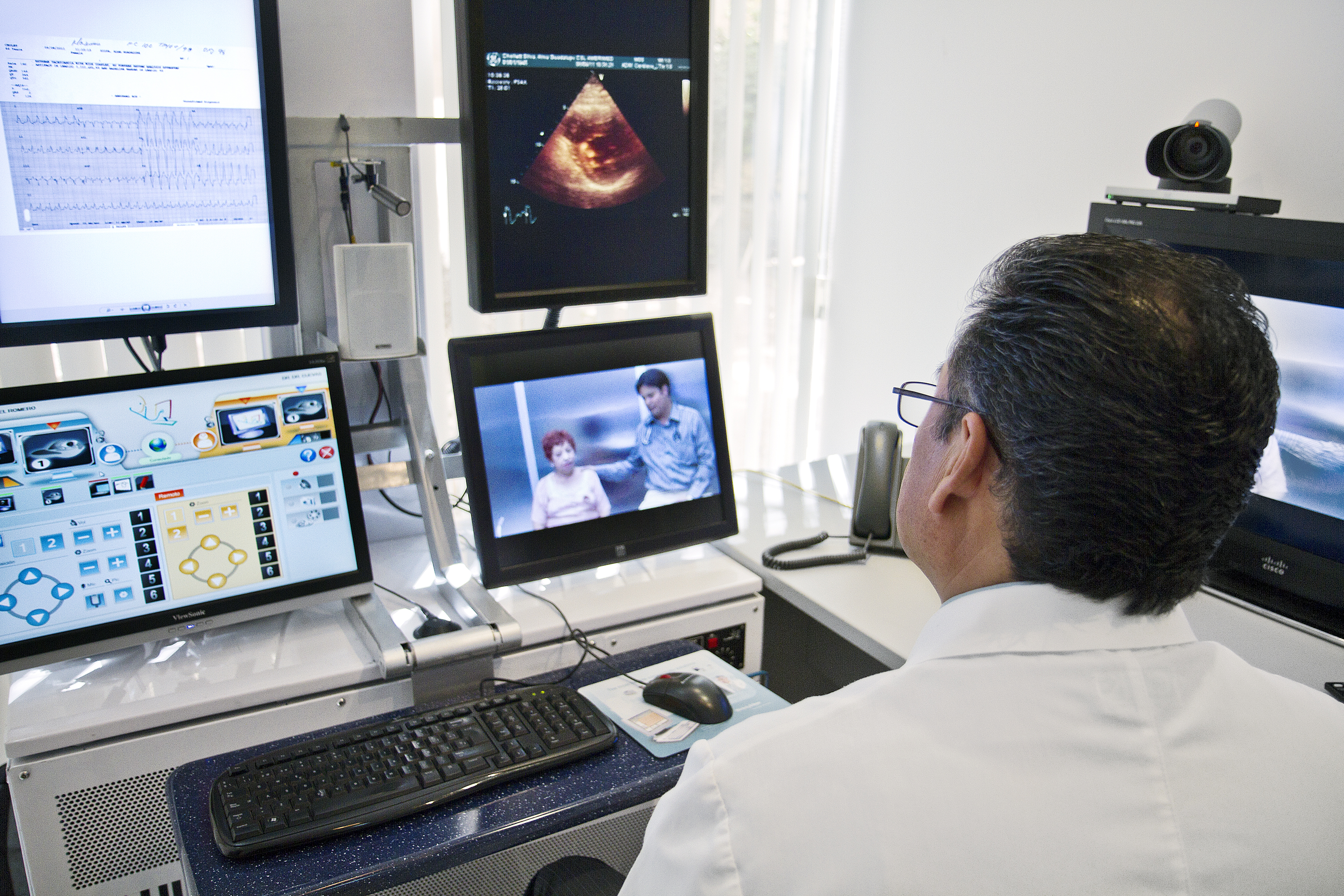Receiving a second opinion from a medical expert is about to get a lot easier—and faster. That’s because University of Arizona researchers are working to right-size data that medical professionals are finding too big to transmit in a timely manner, if at all.
With the growth of telemedicine—in which local clinics and pathology labs send medical data to specialist doctors located hundreds of miles away in order to obtain expert diagnosis—there is a need for smaller, more manageable file sizes. Data is often too big to transmit or the large files can be hard to interpret.
To address this need, UA researchers from the school’s College of Engineering are developing open source data compression software — a way to shrink all that big medical data so it can be seamlessly transmitted anywhere, anytime and accurately.
The university has received a $1.3 million grant as part of the National Institutes of Health Big Data to Knowledge initiative to help healthcare professionals and scientists handle biomedical big data universally in a manageable digital form. The researchers have developed software that compress slide images from pathology labs up to 100 times without losing any detail or resolution from the original slide images.
Compression shrinks data to reduce storage capacity and allows for information to be transmitted more quickly.
Digital imaging has produced a revolution in the laboratory and the clinic, as it has in people’s homes. Similar to the memory card full of snapshots on a smart phone, the size of image data is stressing the capacity of the biomedical industry’s digital capabilities. Data compression software has the potential to address some of the most significant challenges facing the biomedical industry, including for clinical diagnostics.
“We are in the middle of a global transition to digitization of biomedical data, and there’s a lot of it out there — but in files too large to be transmitted, stored or retrieved,” said Ali Bilgin, UA assistant professor in the departments of Electrical and Computer Engineering and Biomedical Engineering and principal investigator of the project.
“The medical community has been working to digitize biomedical data for some years, but to date the data has had little real effect on health care,” Bilgin said. “Most labs are not equipped to receive or use the millions of gigabytes of information from data such as DNA sequence data or protein structure data. Our software will provide access to these files despite their huge size.”
For example, a pathologist might want to determine if an image indicates cancer, but a research scientist might be more interested in identifying different categories of cancer cells in the sample. “Our technology will tailor the size and format of the digital image that is transmitted so a user doesn’t receive a whole lot of data they don’t need,” Bilgin said.
It will also be useful for obtaining second opinions. If a patient requests a second opinion today, pathologists have to send the patient’s slide sample to another laboratory to prepare the assessments for the second doctor, which can take days.
But with new data compression software, doctors will be able to transmit data in minutes or seconds, allowing users to view digital images and share information about them over vast distances in real time. In other words, patients get second opinions way more quickly.
The need to compress images isn’t limited to the medical field. An increasingly digital-driven Hollywood has faced challenges in making big data fit in small places. One of Ali Bilgin’s colleagues, Michael Marcellin, a professor in the Department of Electrical and Computer Engineering and the UA College of Optical Sciences, worked with Hollywood studios in developing an image compression standard and coding system for digital cinema.
Photo Credit: Intel Free Press




